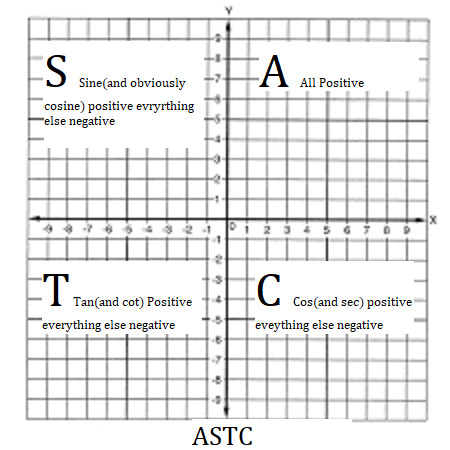remember this
for any expression like #sintheta # or #costheta# if theta exceeds #90^o# then
resolve #theta# as #(90*n+x)# for some integer #n#
now see where #theta# lies #i.e# the quadrant number(it can also be found out by the value #n#)
quadrant 1 if #0<=theta<90# (in this quadrant all trigonometric ratios are +ve)
quadrant 2 if #90<=theta<180# (in this quadrant only #sin# and #cosec# are +ve)
quadrant 3 if #180<=theta<270# (in this quadrant only #tan# and #cot# are +ve)
quadrant 4 if #270<=theta<360# (in this quadrant #cos# and #sec# are +ve)
you can remember it by 
Acronym ASTC: "After School To College/Coffee/Cinema"
Now assign the sign to the expresssion as above
Now the key point: if #n# is odd change #sin# to #cos# and #cos# to #sin# if #n# is even do not change the ratio
you will be now left with +ve or -ve sign from step 2 a #sin# or a #cos# from step 3 and an #x# from step 1
write them in order to get the answer
coming to your question
#cot(-180)=-cot(180)=-cos(180)/sin(180)=# because #cot(-theta)
= -cottheta#
#cos(180)=cos(90*2+0)#
#180^o# is in third quadrant and cos is negative there ,also 2 is even so cos will remain cos, and #x# comes out to be 0
so #cos(180)=cos(90*2+0)="- cos (0)"=-1#
similarly #sin(180)= sin(90*2+0)="- sin (0)"=0#
#cot(-180)=-cot(180)=-(-cos(0))/(-sin(0))=-1/0=-oo#


